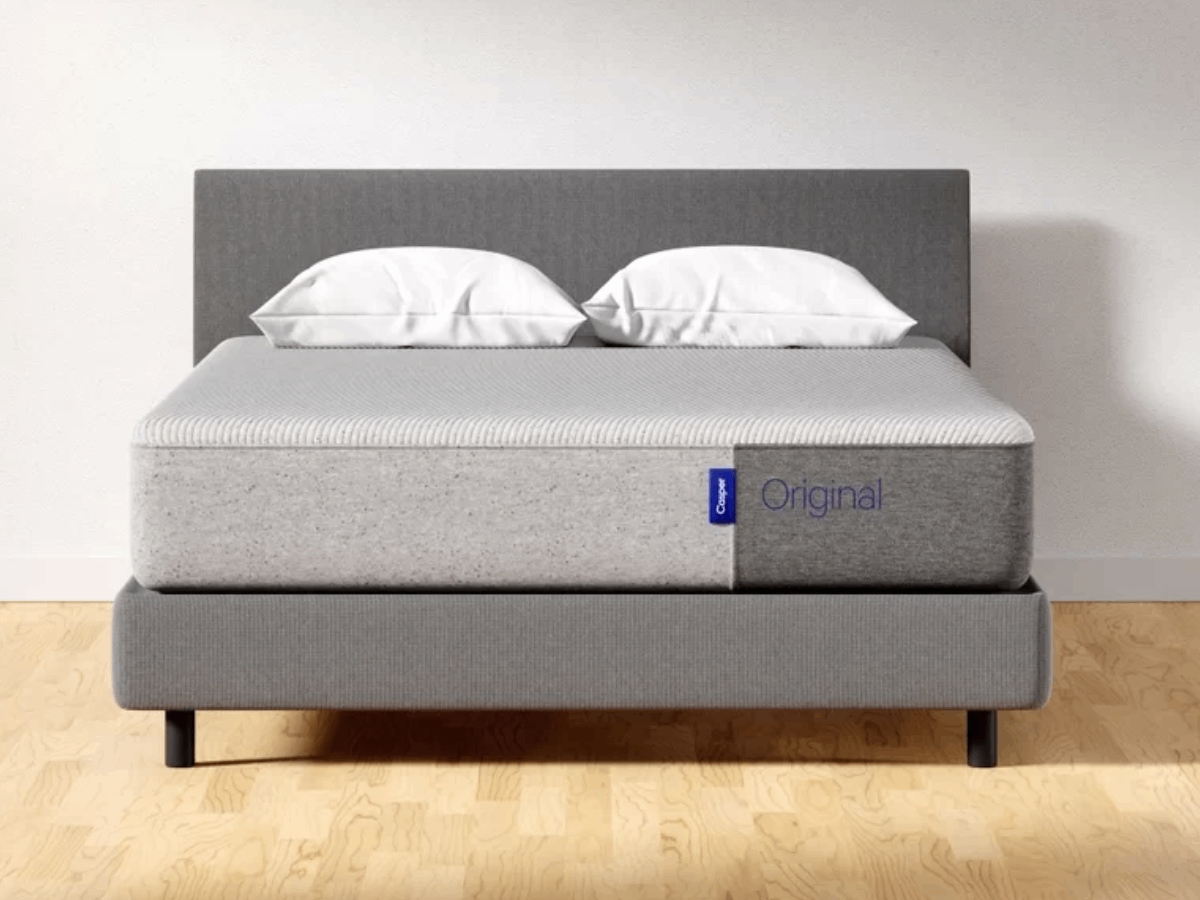

We may earn revenue from the products available on this page and participate in affiliate programs. Learn More ›
A good night’s sleep is essential for your overall health, which is why a quality mattress is so important. However, buying a mattress can be intimidating—and expensive. The good news is that cheap mattresses are now available at more accessible price points, and shoppers can often try them for a few months before deciding if they want to keep them.
If you’re looking for where to buy a cheap mattress, our experts have curated a list of the best places to buy inexpensive mattresses below, from Wayfair to Linenspa.
At many retailers, you can conveniently order a mattress online and have it delivered to your home without hefty delivery fees. Several mattress companies even offer mattresses in a box, a direct-to-consumer method that costs less due to reduced shipping and sales-related fees. If you prefer shopping in person, some brands have showrooms or brick and mortar stores where you can try out your future mattress for size.
1. Wayfair

Price Range: $ to $$$
Return Policy: You can get a free return and full refund within 100 nights of the purchase date.
What to Buy: Wayfair Sleep 12-Inch Medium Memory Foam Mattress—$399.99 and Linenspa Essentials 8-Inch Medium Hybrid Mattress—$279.99
Wayfair has a dizzying selection of mattresses for any and every budget online. You can browse them by size or by type: innerspring, memory foam, latex, air, water, hybrid, or gel foam. Wayfair carries a lot of top name mattress brands, like Linenspa, Serta, Casper Sleep, and Tempur-Pedic and has a huge variety at discounted prices in its sale section. The retailer also has its own in-house mattress brand—Wayfair Sleep—which offers affordable mattresses starting at under $200.
Shop Wayfair mattresses
2. Linenspa

Price Range: $ to $$
Return Policy: For a full refund, you can return orders purchased from Linenspa within 30 days.
What to Buy: Linenspa 8-Inch Memory Foam and Innerspring Hybrid Medium-Firm Mattress—$279.99 and Linenspa 12-Inch Memory Hybrid Plush-Edge Support-Quilted Foam Cover Mattress—$386
Based in Utah, Linenspa was established in 2003 to provide affordable, comfortable mattresses with next-level quality. Out of what our experts dubbed the best mattress brands, Linenspa offers some of the most popular mattresses on the internet. You can shop latex, spring, and memory foam hybrid mattresses in 5-, 6-, 8-, 10-, and 12-inch options in a range of sizes from twin to California King. The hybrid component makes their mattresses an equal mix of spring and foam, so when your head hits the pillow, you have a soft, yet supportive place to land. Their mattresses also work on any base, whether you use a box spring, slatted frame, or an adjustable base.
While you can order directly from Linenspa, you can also conveniently buy most Linenspa mattresses on Amazon.
Shop Linenspa mattresses
3. Zinus
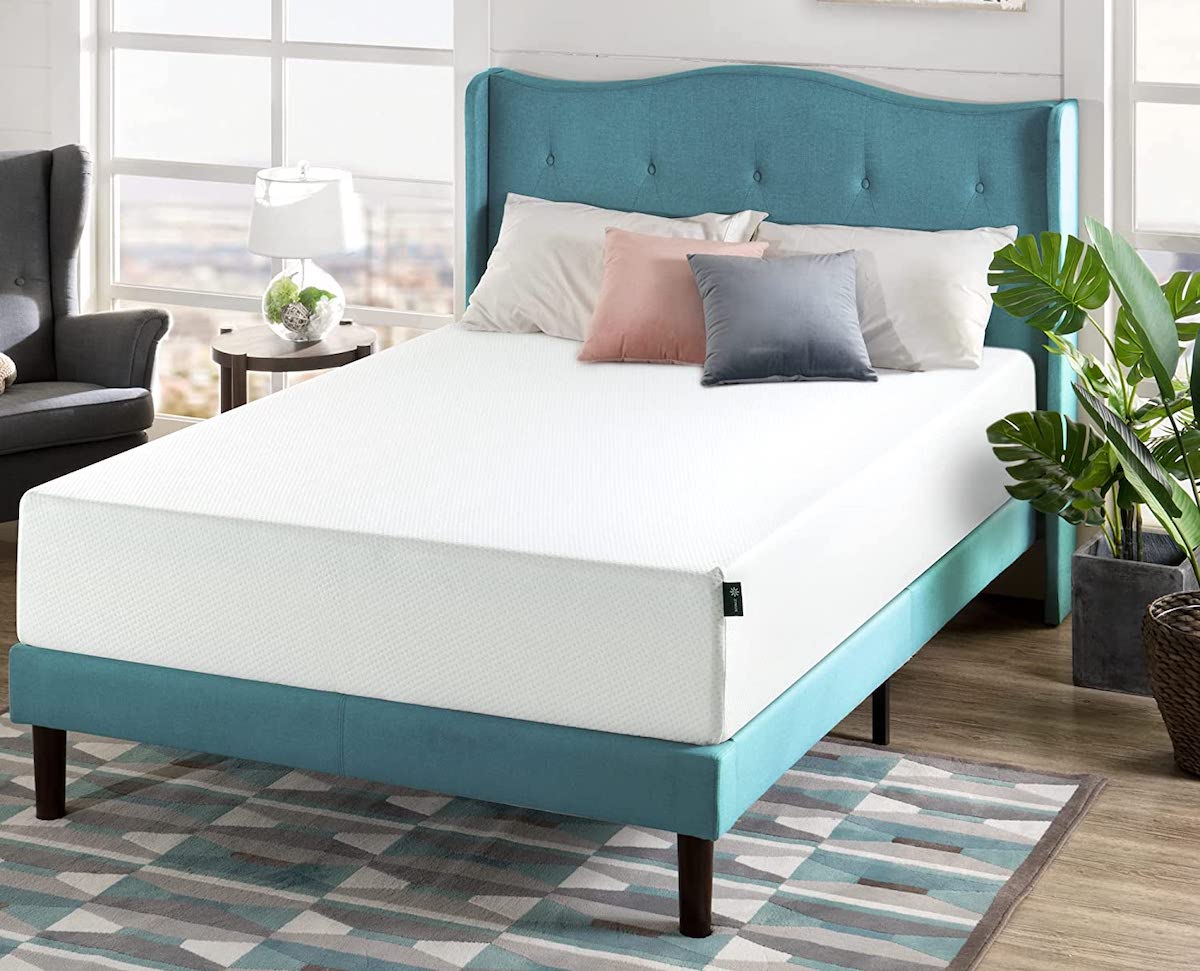
Price Range: $ to $$$
Return Policy: With proof of purchase and no major damage, you can return Zinus mattresses 100 days after delivery for a full refund.
What to Buy: Zinus Green Tea Memory Foam Mattress—$316.46 and Zinus Cooling Gel Memory Foam Hybrid Mattress—$450.91
Inexpensive mattresses are Zinus’ bread and butter, but its models don’t skimp on construction or comfort. The retailer prides itself on mattresses that are easy to assemble, use, and purchase. As an added bonus—and what sets Zinus apart—is that its bedding products are infused with natural elements like green tea, olive oil, and charcoal to aid your rest. The brand also chooses to use more sustainable materials like bamboo and Tencel, so if eco-friendly practices are important to you, these mattresses may be a good match.
Currently, you can shop directly online at Zinus or order Zinus mattresses on Amazon.
Shop Zinus mattresses
4. Brooklyn Bedding
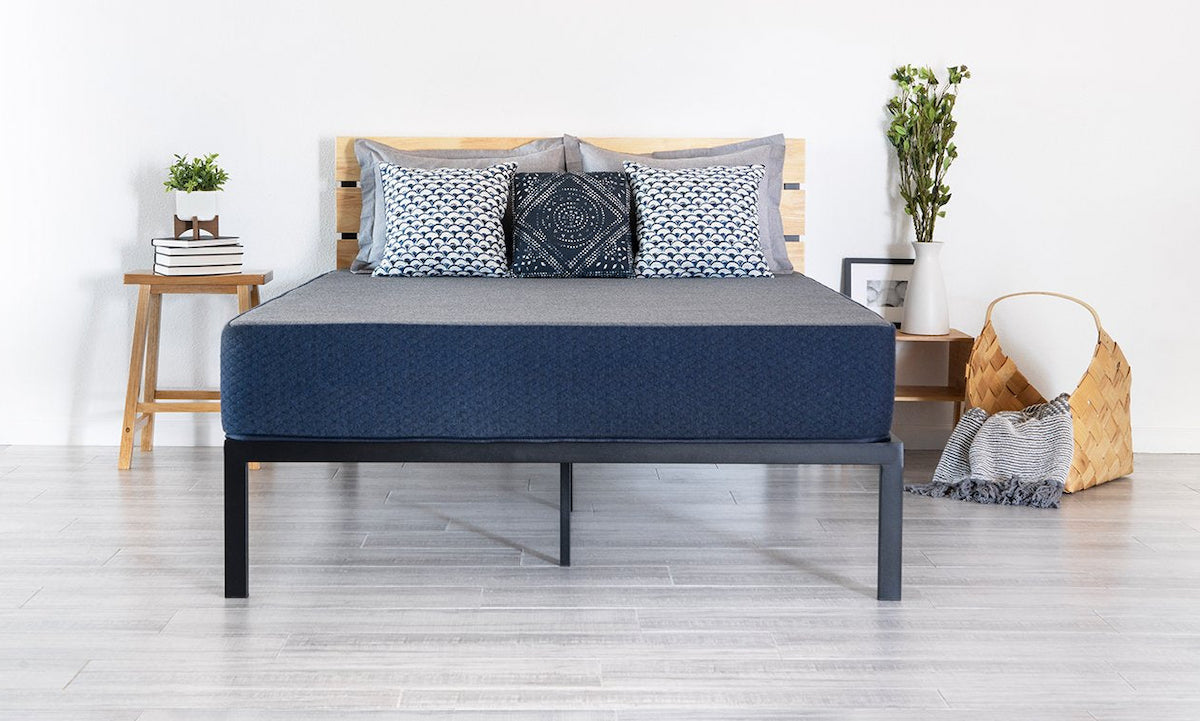
Price Range: $ to $$$
Return Policy: Shoppers can test their Brooklyn Bedding mattress for up to 120 days with free shipping on all returns.
What to Buy: Brooklyn Chill Memory Foam—$219.20 and Brooklyn Signature Hybrid—$559
One of the first companies to offer mattresses in a box, Brooklyn Bedding started as a traditional brick and mortar store before eventually designing and manufacturing its own mattresses in Arizona. With one of the cheapest mattresses on the market, Brooklyn Bedding offers price points and styles that cater to a wide range of sleepers, from those who like contouring and cooling to maximum firmness. Its signature model is its best-selling mattress because it includes variable depth for a sleep that can be customized to each user’s preference.
Shop Brooklyn Bedding mattresses
5. Leesa
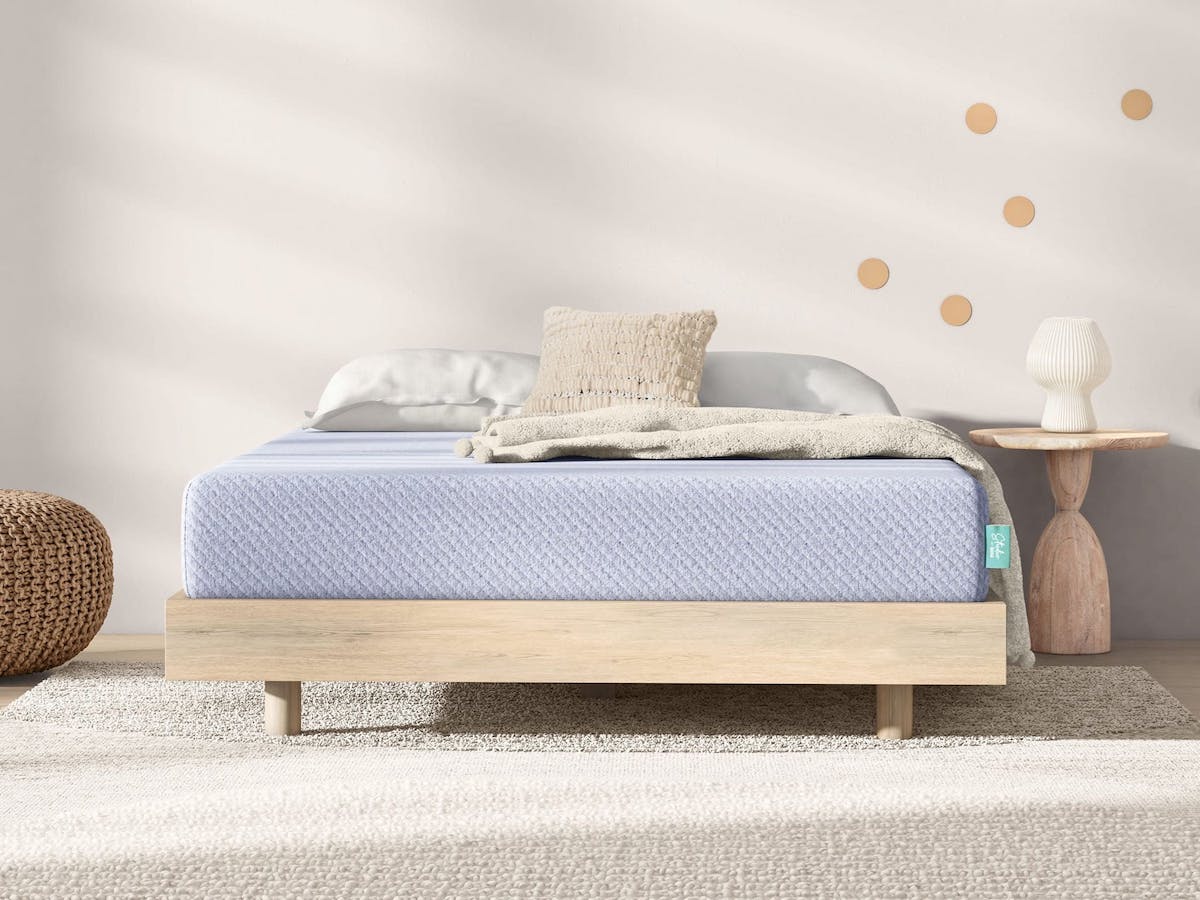
Price Range: $ to $$$
Return Policy: Shoppers can test their Leesa mattress for up to 100 days before returning it for a full refund. Returned mattresses are donated to people in need instead of placed in a landfill.
What to Buy: Studio Mattress—$499 and Original Mattress—$749
As a Certified B Corporation, Leesa prides itself on not only creating quality, affordable mattresses, but also using its business for good. For every 10 mattresses sold, the Virginia-based company donates a mattress to a family in need. Plus, its mattresses are made with recycled and natural materials, and you can test them in person at many West Elm, Pottery Barn, and Macy’s locations. Depending on your budget, you can opt for Leesa’s all-foam or foam-and-spring hybrid mattresses, which come with the brand’s own foam and an impressive outer cover, or stick with its most inexpensive model, the Studio mattress.
Shop Leesa mattresses
6. IKEA
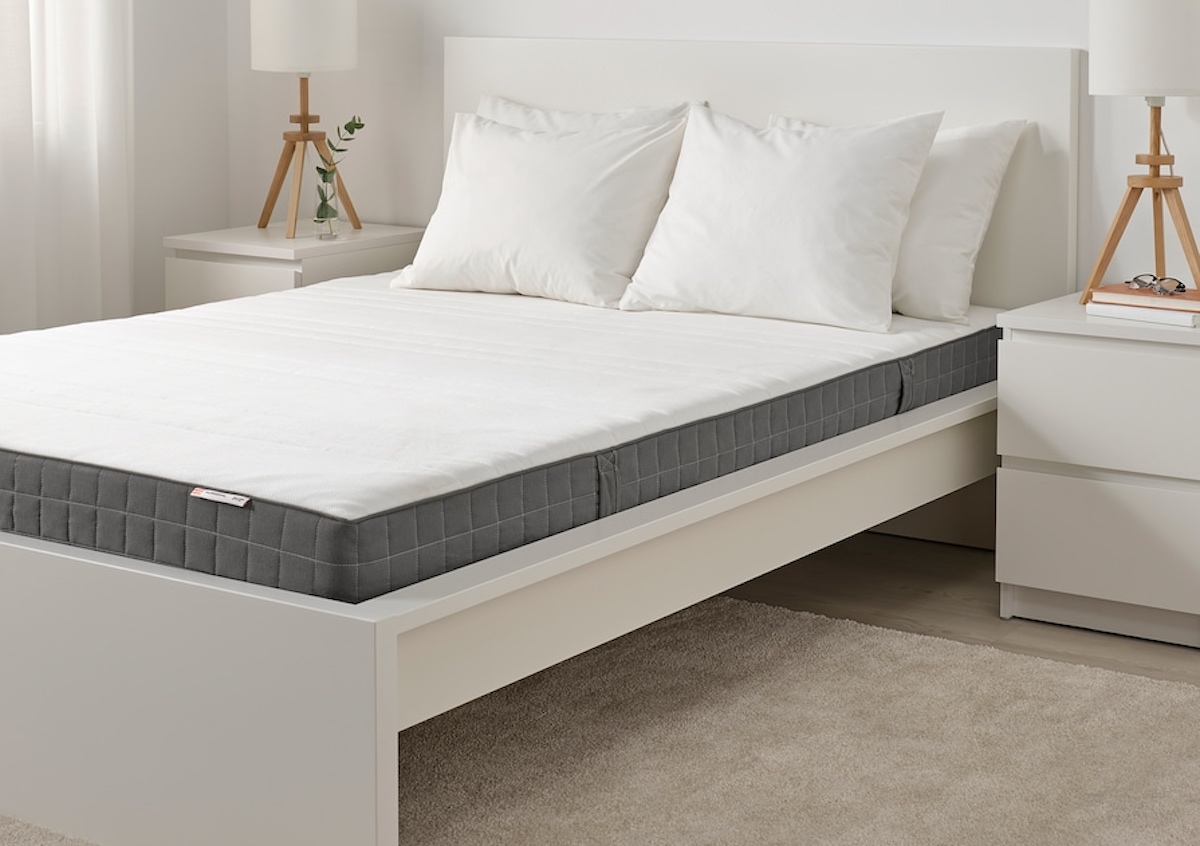
Price Range: $ to $$$
Return Policy: Shoppers can return their opened IKEA mattresses for up to 180 days with proof of purchase for a full refund.
What to Buy: Morgedal Mattress—$279 and Matrand Mattress—$329
Although IKEA is known for its inexpensive furniture and DIY assembly, the Swedish retailer also offers affordable foam, latex, and memory foam mattresses that conform to users’ bodies and absorb movement for a sound sleep. The mattresses are very resilient and can be turned over to last even longer than traditional models. IKEA’s stretchable, knotted ticking on top of each mattress even helps relieve stress on the areas sleepers need it most: their hips, shoulders, and backs.
Shop IKEA mattresses
How We Chose the Best Places To Buy a Cheap Mattress
Ever since mattresses became available online, the selection has expanded in a way that can be overwhelming for buyers. Pair that with the specific needs of each sleeper, and you’ve got a recipe for a hard decision. Thankfully, you don’t have to click far to figure out where to buy a cheap mattress that is still comfortable and built with quality materials. To narrow down the options and pick the best inexpensive mattresses, we gave preference to brands with hybrid options in a wide range of sizes, from cheap king mattresses to cheap twin mattresses.
We looked at retailers who offered mattresses made of eco-friendly materials, as well as others that created their own proprietary foam. We made sure the brands and models we recommended offered support and kept sleepers cool throughout the night, but didn’t cost more than $1000 for the smallest size.
